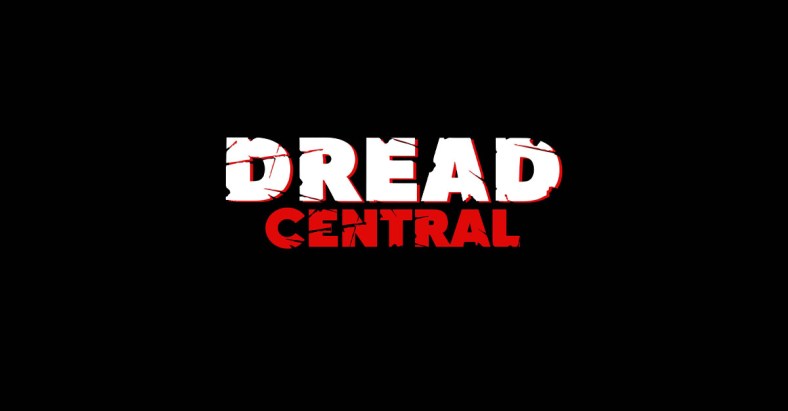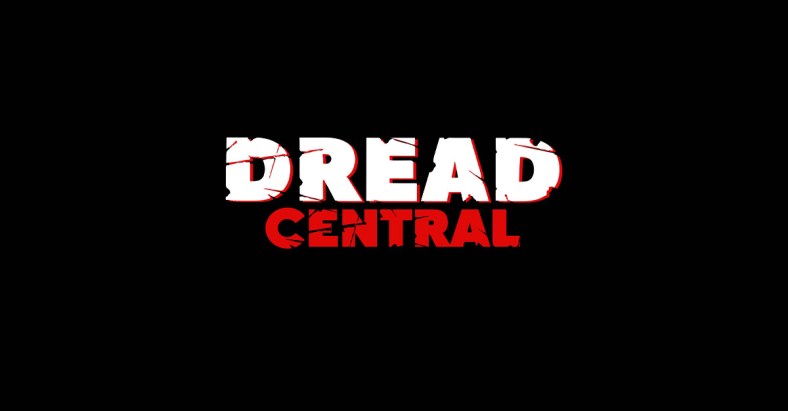Director Justin Barber and Writer/Producer T.S. Nowlin Talk Phoenix Forgotten

Coming out this Friday is the sci-fi/horror found footage film Phoenix Forgotten, which is based on the Phoenix Lights phenomenon that occurred on March 13th of 1997. On that day, several lights appeared over the city of Phoenix, Arizona, in a triangular formation, something that the military claimed were flairs dropped by an A-10 Warthog during a planned exercise.
However, there are many who to this day still believe that what happened on that night was nothing short of an actual UFO sighting. That’s why the mystery of the Phoenix Lights lingers and why it is the basis of the aforementioned movie.
With the release date just a couple of days away, I caught up with director/co-writer Justin Barber and producer/co-writer T.S. Nowlin to discuss the film, their fascination with the story, what sets it apart from other found footage films, and what scares them at night. Apparently the answer to that last question is Christopher Walken…
Florence Hartigan, Chelsea Lopez, Justin Matthews, and Luke Spencer Roberts star in Phoenix Forgotten, which was produced by Ridley Scott (Alien, Prometheus).

I started by asking both Nowlin and Barber what the appeal of doing a movie based off the Phoenix Lights phenomenon was. For Barber, it was a story that had been with him for a long time. “I was in high school and ‘The X-Files’ was in the height of its run, and the material really appealed to me. I remember writing a story in my high school newspaper about the Phoenix Lights, and it’s stuck with me since. It’s an urban legend for the American Southwest,” he explains.
For Nowlin there was more to it. For him it was a chance to create a found footage film that would have people questioning if it was real or not. Interestingly enough, it began when he and co-producer Wes Ball watched Catfish back in 2011. “We were debating whether or not it was real, whether or not it could’ve been real. We just though it’d be fun to bring that kind of authenticity to the subject matter to movies we grew up on, like Close Encounters of the Third Kind or even Poltergeist,” Nowlin states. In fact, that authenticity is what drew him to this project. “In order to have that kind of authenticity, we decided to use as much real footage and real people and real interviews as possible, which meant centering the story around a real UFO sighting. The Phoenix Lights just kinda gave us everything we were looking for.”
As for why it was done as a found footage film, Barber tells me, “It’s a cool thing to play with because of the limited perspective. You’re experiencing things the way the character does.” But what made far more sense to me was when he said, “Also, the nature of UFOs and UFO hunting… it’s about people trying to capture evidence of this phenomena.” Just like how paranormal researchers are ever searching for solid evidence of there being something after death, so too are UFO hunters who wish to prove that we are not alone in this universe.
All that being said, Barber realizes that it’s an effective form of filmmaking, especially when it comes to horror. “…if you make things scarier, you can get a lot of cool, frightful things out of it,” he says. “Although the found footage genre is pretty saturated right now and there’s tons of movies in that space, we just still hadn’t seen one… there are found footage UFO movies out there, but we wanted to put our own spin on it, give something new and elevate it.”
When it comes to what sets Phoenix Forgotten apart from other found footage films, Nowlin has an interesting perspective that takes cinema history into account: “I think part of it is the structure; because it starts out almost like a documentary and then begins adding in the found footage elements makes it different from most that I’ve seen. Also, most found footage films are strictly horror while this is a movie about not only finding footage but characters who set out with the intent of capturing something on film. I think another thing is going back to the roots of the genre, which is The Blair Witch Project. There’s this authenticity that made that movie stand apart, and that’s something I think we felt the genre had kind of moved away from. We hope that it moves the genre forward a little bit while honoring the roots of where it began.”
For Barber, he simply felt frustration when he looked at the recent spate of found footage films that have been offered, declaring, “When we made the movie, we really wanted to put on our documentary filmmaker hat. We wanted to make it as authentic as possible. In other words, I hate it when you go see a found footage movie and everyone looks like a model and it’s clearly not shot with a camcorder. We wanted to make sure that we pulled it off right.”
Having already seen the movie, I asked Nowlin about the structure of the film, which feels very different from most found footage offerings. “When the movie begins, it has almost this true crime feel about it. I thought it’d be fun to allow the audience to play detective and to have a portion of the story follow this bread crumb trail of evidence,” he expresses. “There are all these pieces of the puzzle, and the second half of the movie keeps the promise of the first half, that you will ultimately get answers to what happened to these children. We really invested a lot of time developing these characters and this mystery, so hopefully by the time we get to the footage, people will be on the edge of their seats to find out what happened.”
One of the most eyebrow-raising aspects of the film is that it’s produced by Ridley Scott, the man who brought us films such as Alien, Prometheus, Gladiator, and Blade Runner. I asked Barber about Scott’s involvement, which apparently came mostly in the form of mentorship and off-site assistance. Barber explains, “He was attracted to the material and the subject matter. It was something he could get behind. He’s definitely got aliens on the brain. He wasn’t on set but he was incredibly supportive and he was always willing to offer his insight. That drove us to make a movie that was of the quality of his work.”
Now, I obviously couldn’t let Barber or Nowlin go without asking them about their own thoughts on aliens and alien abductions, could I? Nowlin took the opportunity to crack a joke but then get deep and meaningful, saying, “I’ve been abducted a few times. Just kidding [laughs]. I think what’s really at the heart of these conspiracies over the years and decades is that we want to believe that there’s more out there. I think it’s wanting to pull back the curtain on a bigger, more interesting and compelling universe.”
As for Barber? He brought up how age can change a person. “I’ll put it this way: When I was younger, I was more like Fox Mulder; and now that I’m older, I’m more like Dana Scully. When you’re a kid growing up, you want things to be more fantastic than it really is. Unfortunately, there’s no good evidence but enough stuff going on that there has to be something going on out there.”
For my last question, and this was just pure personal curiosity, I wanted to know what scared these two and kept them up at night. As mentioned above, it turns out that they both have a fear that’s related to Christopher Walken.
Barber tells me: “Well, there’s this movie called Communion with Christopher Walken that was based on a book written by Whitley Strieber, who claimed to have been abducted by aliens. There’s this one shot in the movie where, in the middle of the night, [Walken] looks in the corner of his dark bedroom and he sees this grey alien poke his head out from the closet. To this day, every time I turn the lights off in my room, I look in the corner to make sure there is no alien there. That scene still creeps me out.”
Nowlin’s answer is a bit more somber. “[Walken’s] performance in The Deer Hunter is so unsettling and so unnerving; it gets so deep under my skin that I can hardly watch it. That Russian roulette scene… it’s incredible that somebody could be so damaged and so far gone… that’s scary. I always thought of that film as a psychological horror,” he expresses.
Synopsis:
In the spring of 1997, several residents of Phoenix, Arizona, claimed to witness mysterious lights in the sky. This phenomenon, which became known as “The Phoenix Lights,” remains the most famous UFO sighting in American history. On July 23, 1997, three high school student filmmakers went missing while camping in the desert outside Phoenix. The purpose of their trip was to document their investigation into the Phoenix Lights. They were never seen again.
Twenty years later, Sarah Bishop, a documentary filmmaker and younger sibling of one of the missing, returns to Phoenix to delve into their disappearances and the emotional trauma left on those that knew them. Nothing can prepare her for the shocking discovery of a tape from the night her brother and his friends disappeared.

Categorized:News

